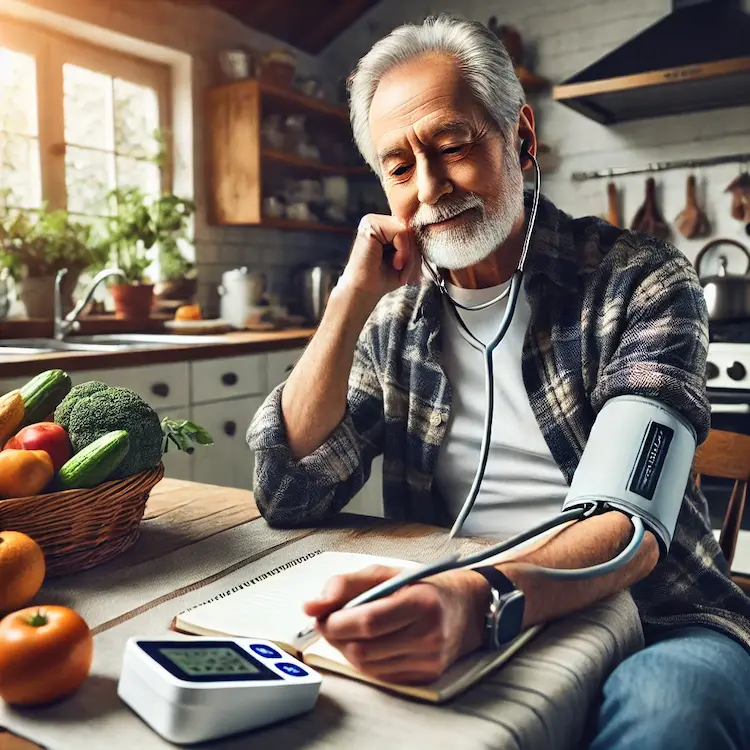High blood pressure, or hypertension, is a growing health concern worldwide. Poor dietary choices, lack of exercise, and genetic factors contribute to rising cases. Monitoring blood pressure at home with devices like Sphyg and Healthy Eating can help individuals make informed dietary changes. Blood pressure monitors provide real-time insights, allowing users to track how different foods impact their health.
This article explores the role of blood pressure monitors in supporting dietary changes, highlighting their importance, societal impact, and practical strategies for improving heart health.
Food plays a direct role in regulating blood pressure. A diet high in sodium, saturated fats, and processed sugars can lead to hypertension. On the other hand, nutrient-rich diets—such as the DASH (Dietary Approaches to Stop Hypertension) diet—help control blood pressure effectively.
Tracking blood pressure while making dietary adjustments provides immediate feedback, reinforcing healthier habits.

Using a clinically validated monitor like Sphyg helps individuals see real-time effects of diet on blood pressure. Key benefits include:
By recording blood pressure before and after meals, individuals can pinpoint foods that cause spikes or drops. For example:
Home monitoring keeps users accountable for their dietary choices. Seeing progress motivates individuals to stick to a heart-healthy diet.
A study published in the Journal of Hypertension found that lifestyle changes, including diet modifications, helped reduce reliance on medication for many patients.
Unlike clinical visits, home monitors provide daily insights, enabling quicker adjustments to diet and lifestyle.
| Approach | Description | Effectiveness |
|---|---|---|
| DASH Diet | Emphasizes fruits, vegetables, and low-fat dairy while reducing sodium | Highly effective, clinically recommended |
| Mediterranean Diet | Rich in olive oil, fish, and whole grains, with moderate alcohol intake | Improves overall heart health |
| Keto Diet | Low-carb, high-fat diet, controversial for hypertension | May increase blood pressure due to high saturated fat intake |
| Intermittent Fasting | Restricts eating windows, promoting weight loss and metabolic health | Can help regulate blood pressure but requires monitoring |
Among these, the DASH diet remains the gold standard for lowering blood pressure.

To maximize the benefits of blood pressure monitoring for diet:
Using Sphyg monitors with digital tracking features enhances the effectiveness of these strategies.
The widespread use of blood pressure monitors has significant public health implications:
According to the World Health Organization (WHO), hypertension affects 1.28 billion adults worldwide, with only 42% properly diagnosed. Increased access to home monitors can bridge this gap.
Blood pressure monitors like Sphyg play a crucial role in supporting dietary changes and improving hypertension management. By providing real-time feedback, encouraging healthier choices, and reducing reliance on medication, home monitoring helps individuals take control of their health.
For those at risk of hypertension, incorporating nutrient-rich foods, reducing sodium intake, and using BP monitors to track progress can make a significant difference.
Start tracking BP before and after meals.
Follow a low-sodium, high-potassium diet.
Maintain a BP and food journal to identify triggers.
Choose clinically validated BP monitors like Sphyg for accuracy.
Consult a nutritionist for personalized dietary guidance.